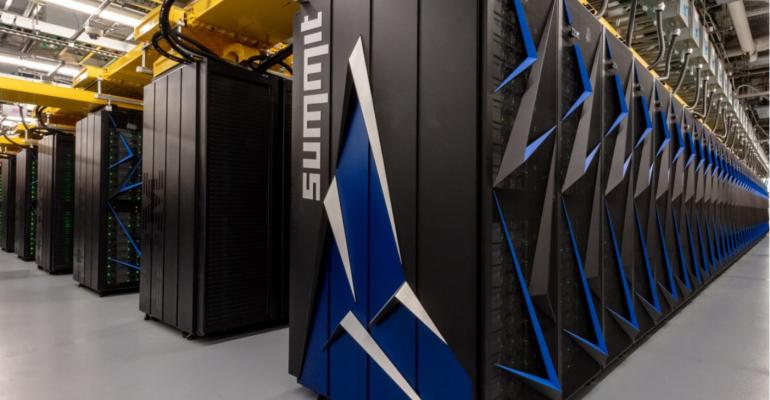World’s most powerful supercomputer
June 12, 2018 | Expert Insights

The world’s most powerful supercomputer, Summit, is now functional in the United States. Built as a joint collaboration between Nvidia and IBM, Summit is reportedly twice as powerful as the next most powerful supercomputer.
Background
A supercomputer is a type of computer that has the architecture, resources and components to achieve massive computing power. Today's supercomputers consist of tens of thousands of processors that are able to perform billions and trillions of calculations or computations per second.
The concept of supercomputers was first introduced in the 1960s. For many years after that, the fastest were made by Seymour Cray at Control Data Corporation (CDC), Cray Research and subsequent companies bearing his name or monogram. The first such machines were highly tuned conventional designs that ran faster than their more general-purpose contemporaries. Through the 1960s, they began to add increasing amounts of parallelism with one to four processors being typical. Vector computers remained the dominant design into the 1990s. From then until today, massively parallel supercomputers with tens of thousands of off-the-shelf processors became the norm.
The performance of a supercomputer is measured in floating-point operations per second (FLOPS) instead of million instructions per second (MIPS). As of November 2017, all of the world's fastest 500 supercomputers run Linux-based operating systems. Additional research is being conducted in China, United States, European Union, Taiwan and Japan to build even faster, more powerful and more technologically superior exascale supercomputers.
These types of supercomputers are manufactured for the use of large-scale enterprises and organizations. It incorporates architectural and operational principles from parallel and grid processing, where a process is simultaneously executed on thousands of processors or is distributed among them.
Analysis
One of the most powerful supercomputers to have ever been built is the IBM Sequoia. It has more than 98,000 processors that allow it to process at a speed of 16,000 trillion calculations per second. Until recently, the Sunway TaihuLight supercomputer based in China was the most powerful supercomputer.
In June 2018, Summit, the US's new supercomputer, became the most powerful supercomputer in the world. According to estimates, it is actually twice as powerful as TaihuLight supercomputer in China. The supercomputer is capable of 200 petaflops, or 200,000 trillion calculations per second. It was developed in a joint collaboration between IBM and Nvidia. It is presently located at the Oak Ridge National Laboratory (ORNL) in Tennessee.
The fact that the world’s most powerful supercomputer is in the US has major implications in various industries. The Wall Street Journal has reported that this unit will now be used to address some of the biggest medical problems faced by humanity. Some of the medical issues include finding treatments for addiction and Alzheimer’s. Artificial Intelligence will be another frontier that the will witness progress as a result of Summit. MIT Technology Review has revealed that this particular supercomputer was designed to work with the latest in artificial intelligence developments
ORNL director Dr Thomas Zacharia noted that Summit had already been used to run a comparative genomics code while it was being built. "Literally as the machine was being assembled they were getting on the machine and running. Imagine [driving a] race car while you're putting the tyres on.”
"We know we're in a competition and it matters who gets there first," said US Secretary of Energy Rick Perry, speaking at the ORNL event. "The ability to show the rest of the world that America is back in the game and we're back in the game in a big way is really important. Summit's computing capacity is so powerful that it has the ability to calculate 30 years' worth of data saved on a desktop in one hour... this is about changing the world."
Assessment
Our assessment is that through Summit, researchers will be able to address a number of significant problems faced by society. Summit will possibly fast-track treatment for diseases like Alzheimer’s. There are geopolitical implications as well. With Summit, US can once again become the leader in Artificial Intelligence and overtake China in a number of fields.








Comments